The Creative Arts Therapy (CAT) SIG has been incredibly active and engaged during a year of “virtual” creative connections! In response to the COVID 19 pandemic and the numerous global, social, and political challenges of 2020, a small but consistent group of CAT SIG members got together for zoom meetings on a regular basis. Compared with other years, where our connections were almost exclusively in person (i.e., Create and Connect at the Annual Conference) 2020 evolved into an incredible series of “virtual” events. Each month, different members of the CAT SIG took leadership, providing themes and directives for facilitating an experiential group process. We relished these opportunities for connection and our meetings left us feeling energized, inspired, and fulfilled. During these challenging times, the virtual meetings provided meaningful support and a rare opportunity for connection with fellow clinicians from across the country and the globe. We shared ideas that could be used both in practice with our traumatized clients and as creative tools for our own self-care. The CAT SIG welcomes the addition of new members. We will continue to meet virtually through 2021 with some exciting new ideas already in the works. Please feel free to reach out to us to find out more and/or to join a workshop.
Here are some of our activities from this past year:
March. We were sad that our annual in person conference was cancelled, which of course meant that our SIG’s popular “Create and Connect” event did not happen. We’re crossing our fingers that all those wonderful art supplies that we returned to the vendor will make an encore appearance at a future conference when we’ll be able to make art together again “in person.”
April. In April we held our first official zoom meeting. Members shared how the pandemic had personally impacted them and it was during this meeting that the idea of making art together was proposed to deal with the social isolation that everyone was feeling. Thus, we decided to meet “virtually” as a group as soon as possible in this much needed forum for creative connection.
May. The ISST-D virtual annual meeting was held in May and was a success by all accounts. Board members Eva Young and Tally Tripp moderated some of the sessions.
June. In June, Ericha Hitchcock Scott and Elizabeth Davis led us in our first experiential CAT SIG meeting; “COVID and Social Unrest: The Road Forward.” During this meeting, we were invited to use the art materials of our choice to create a road or path that depicts where we see ourselves on this journey. Here are a few of the pieces taken from that meeting.

Road by Adrian Masterman-Smith 
Road by Cynthia Wilson 
Road by Mindy Jacobson-Levy
July: In July, Peggy Kolodny introduced us to a “Paper Bag Journaling” technique. Members were invited to bring small paper lunch or gift bags, scissors, glue, ribbon, and assorted notions to the meeting. There, we were directed to fold, cut, paste, and otherwise create books or journals that became artful containers. The parallel between containing our own and our clients’ traumas was immediately apparent. Our group quickly saw the way these books could effectively hold memories, grief, trauma as well as resources and coping tools.
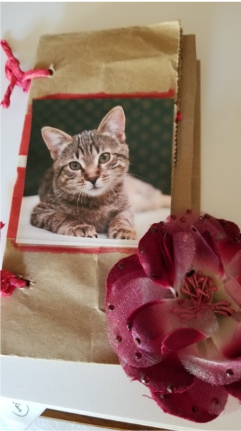
Paper Bag Journal by Phyllis Klein 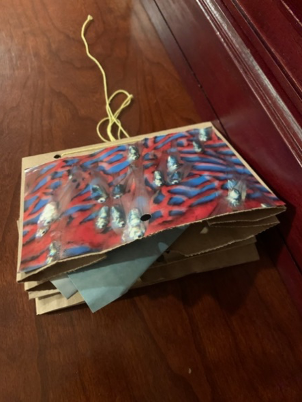
Paper Bag Journal by Harriet Mall 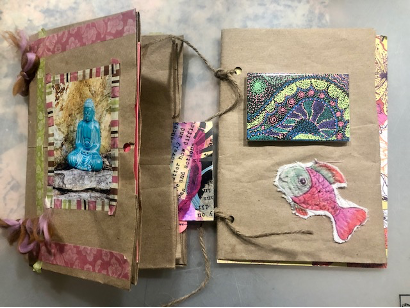
Paper Bag Journal by Peggy Kolodny
September: In September, Mindy Jacobson-Levy led us in a workshop called “Making Sense of Our Inner and Outer World” using a SoulCollage® method which is an intuitive collage process focused on healing and self-discovery. For this meeting we collected collage images (cut from magazines, books, etc.) and were instructed to select one or two pictures that we would glue onto a sturdy 5 x 8-inch card. The invitation was to create a collage that reflected in some way our personal struggles with the pandemic. This artmaking was followed by the creation of a second collage card depicting a personal strength we might offer in response to the initial image. Keeping the selection limited to a few images helped to manage the potential complexity of this task. In response to each card, we were asked to contemplate specific questions such as: “who are you?”; “what do you have to give me?”; “what do you want from me?”; and “is there anything else you want to tell me?”
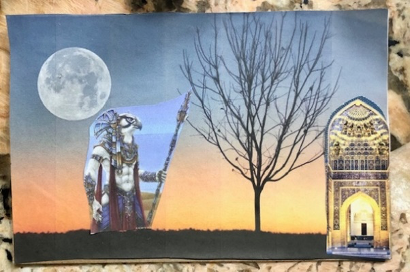
Soul Collage Card by Peggy Kolodny
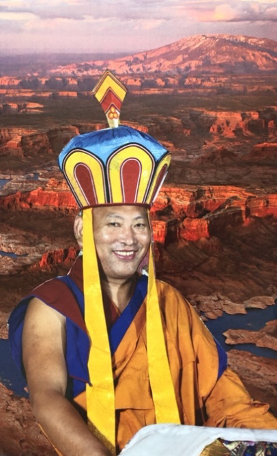
Soul Collage by Mindy Jacobson-Levy 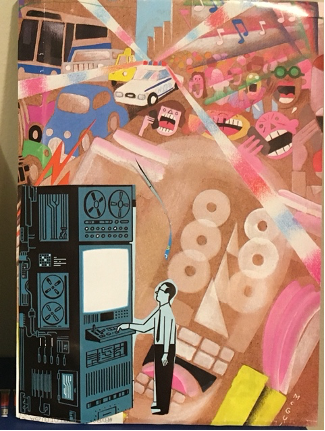
Soul Collage Card by Eva Young
October: Brave Space. In October, Eva Young and Tally Tripp created the Brave Space experiential for the ISSTD Fall Virtual Conference which focused on the Impacts of Societal Trauma in Marginalized Communities. The goal for the expressive art session was to offer conference attendees an outlet to creatively share thoughts and feelings spurred by conference’s subject matter and focus. We also used this platform to reach out to new members to demonstrate how the creative arts therapies can be useful in dealing with trauma and stress- our client’s and our own. We created “self-symbols” using descriptive words compiled from our initial discussion as a jumping off point. Brave Space participants came from across the US and as far away as India and it was fascinating to note the similarities in the colors and shapes that were produced.
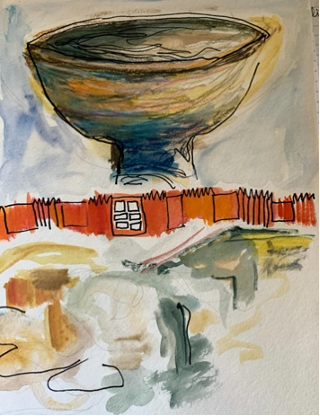
Brave Space by Tally Tripp
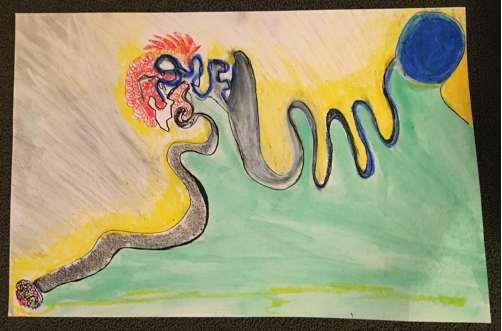
Brave Space by Eva Young
November: In November, Phyllis Klein guided us as we listened and responded to several poems including a wonderful example by Naomi Shihab Nye’s called “Sifter” where she metaphorically describes herself as a kitchen utensil.
“When bad days came
I would close my eyes and feel them passing
through the tiny holes.
When good days came
I would try to contain them gently
the way flour remains
in the sifter until you turn the handle.”
(from the poem, Sifter by Naomi Shihab Nye)
In response, Phyllis wrote a poem that was influenced by “Sifter” called “I Wish We Could Zip Up the Election By Tuesday” related to the stress of the US presidential election which was also published by New Verse News.
I love the zippers in my life,
on skirts, pants, purses.
I even have a dress with three
large silver ones on the diagonal
across my chest, torso, hips.
Me, as master of my universe,
pulling the tabs open or closed,
the teeth as they fall into a chain line
like a basketball team or a ballet troupe.
Connecting me to the openings and closings
of the day, to other zippers and zipperers
everywhere. Oh, if only everyone could fall
into a compassionate line, close out the cruelties,
open up for human rights, and critical care
for the Earth. If money wasn’t the only thing.
If coming together could win the day.
Poem by Phyllis Klein, Published by New Verse News
December: Our December meeting provided a timely focus on “Zoom Fatigue” and was facilitated by CAT SIG Chair, Tally Tripp. As much as “zoom fatigue” has become an issue across professional and personal lines, it seems trauma therapists bear an extra burden in establishing and maintaining relational connections with their clients via virtual platforms. Tally shared with the group the results of a recent survey she conducted of approximately 70 mental health professionals in the Washington DC metro area who were working via telehealth. She found:
- 75% of respondents spend more than 20 hours a week on telehealth
- 80% had little to no prior experience with telehealth prior to the pandemic
- 98% state they will likely add some telehealth services in their practice post pandemic
From these figures, we can see that there are some potential advantages to telehealth and that it is likely to be with us in the future. A particularly interesting statistic she found related to resiliency is that 60% of the mental health workers surveyed stated they are “now re-evaluating their priorities” as a result of the pandemic. It will be interesting to see what the future holds.
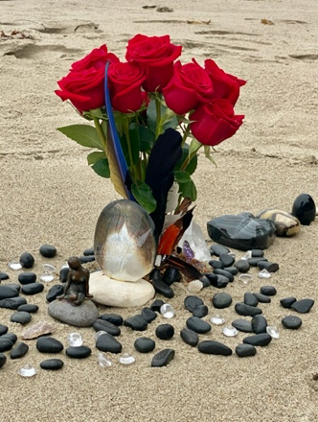
The most challenging aspects of providing telehealth reported in the survey include: “technology and connectivity” (80%), “reading clients non- verbal cues” (82%), “feeling emotional exhaustion” (85%), “feeling physical pain” (78%), and “feeling compassion fatigue” (70%). These figures speak for themselves but reinforce our notion of the importance of self-care.
Which takes us back to our mission as a Creative Arts SIG. The creative arts have a unique role in managing stress, working through trauma, and building resiliency. Art, dance, music, poetry and drama are strengths-based modalities that can be integrated thoughtfully both in our work with clients and in our care for ourselves and for one another. This year has caused us to look at the traumas of daily life through a new lens. Here is a hope and wish for finding strength and new beginnings in the coming year through our creative connections.

